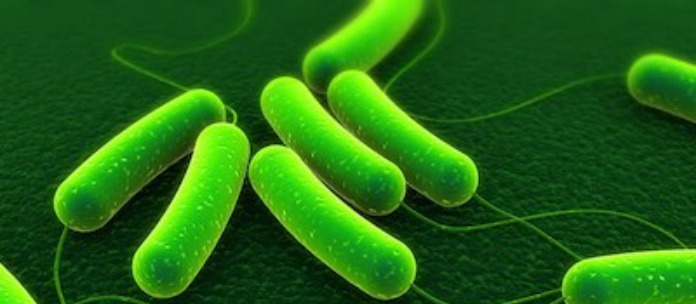 An E. coli outbreak in King County, Washington has sickened at least three children under the age of 5, according to the county’s public health department. Two of them developed hemolytic uremic syndrome (HUS), a potentially life-threatening complication of E. coli infections and have been hospitalized. The third child is recovering at home.
An E. coli outbreak in King County, Washington has sickened at least three children under the age of 5, according to the county’s public health department. Two of them developed hemolytic uremic syndrome (HUS), a potentially life-threatening complication of E. coli infections and have been hospitalized. The third child is recovering at home.
The children reported eating fresh produce before becoming ill, but health officials have not yet determined the source of the outbreak.
E. coli is transferred when microscopic amounts of human or animal feces are ingested. Contamination can occur while food is being grown or produced, through contact by food handlers with poor hygiene or through contact with live animals at petting zoos or other exhibits.
Symptoms of an E. coli infection usually develop between two and five days of exposure but can appear within 24 hours or take as long as 10 days to develop. They include stomach cramps and diarrhea, that is sometimes bloody. Sometimes these symptoms, which last about a week, are accompanied by a low-grade fever. A child with bloody diarrhea should receive immediate medical attention. E. coli infections should not be treated with antibiotics as this can heighten the risk for complications such as HUS.
HUS primarily affects young children occurring in about 10 percent who have contracted E. coli infections. In addition to kidney failure, this complication can cause seizure, stroke and coma.
Symptoms of HUS appear after E. coli symptoms. They include pale skin, lethargy, little or no urine output, easy bruising, bleeding from the nose and mouth, and a skin rash. Anyone experiencing these symptoms should see a doctor immediately.
Most children with HUS recover with intensive medical care. But about 30 percent of them will experience long-term health effects, including chronic kidney disease, high blood pressure, and chronic neurologic damage.




